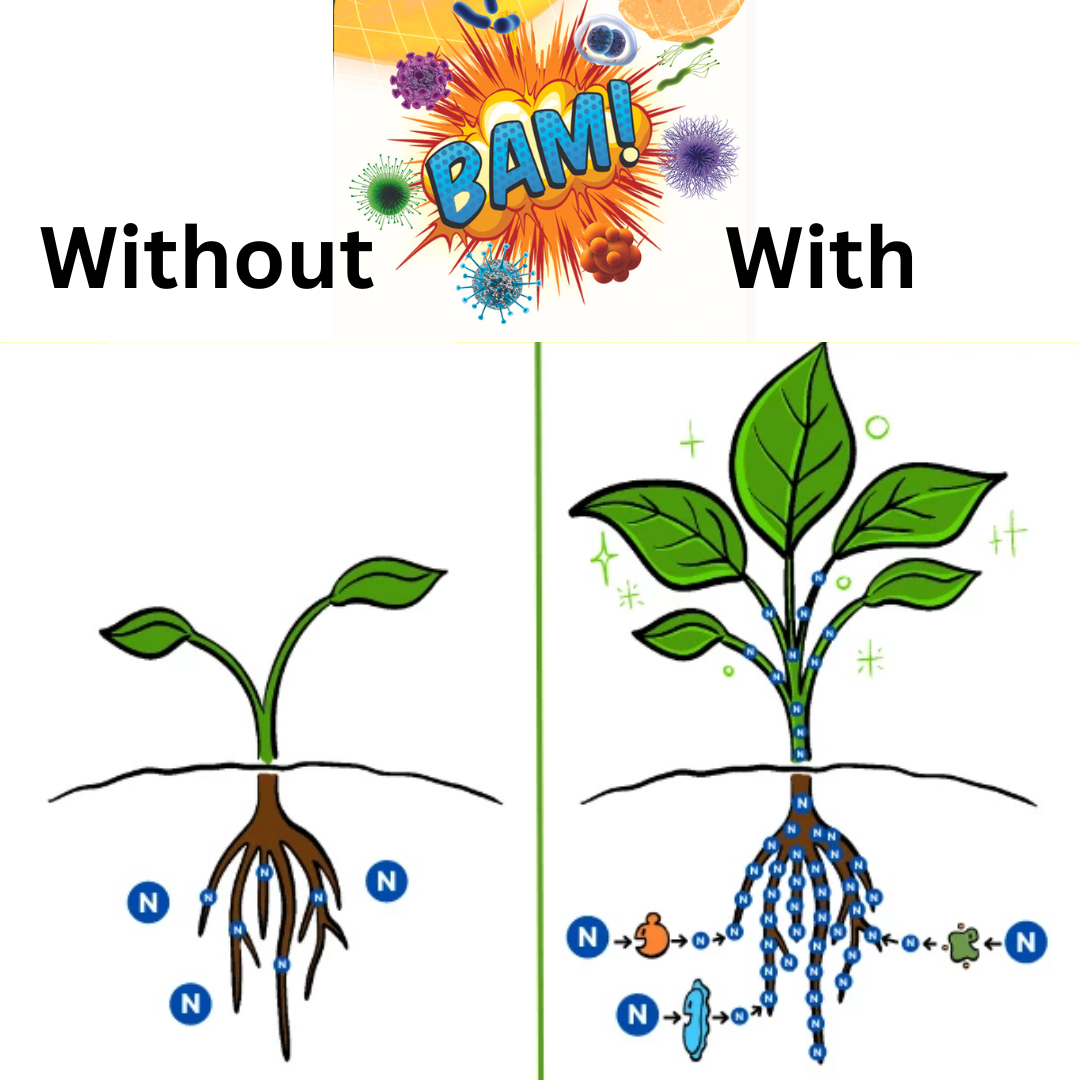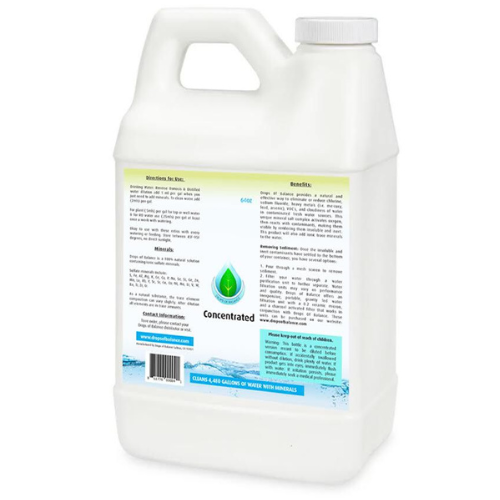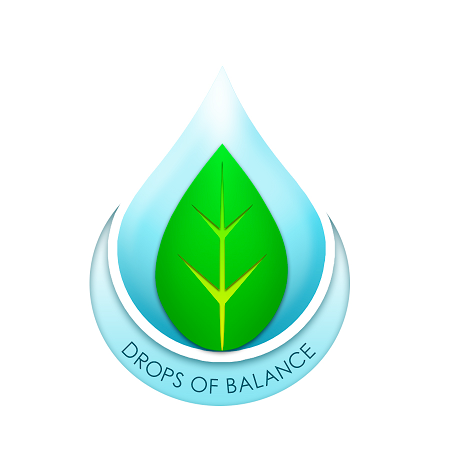
Abiotic Stress Management: 10 Things Your Vegetables Need to Survive Drought, Contaminated Water, and Poor Soil
Abiotic stress factors represent the primary limitation to global crop productivity, with drought, soil degradation, and water contamination causing yield losses exceeding 50% in many agricultural regions. Unlike biotic stressors such as pests and pathogens, abiotic stress stems from environmental conditions that plants cannot directly combat through natural defense mechanisms. Understanding the physiological and biochemical responses of vegetable crops to these stressors is essential for implementing evidence-based management strategies that optimize plant survival and productivity.
Recent advances in plant stress physiology have revealed that successful abiotic stress management requires an integrated approach combining genetic, agronomic, and technological interventions. The following ten evidence-based strategies represent critical requirements for vegetable crop survival under adverse environmental conditions.
1. Genetically Stress-Tolerant Cultivars
The foundation of effective abiotic stress management begins with cultivar selection. Modern plant breeding programs have developed vegetable varieties with enhanced drought tolerance, salt resistance, and heavy metal tolerance through both conventional breeding and molecular marker-assisted selection. These cultivars exhibit physiological adaptations including modified stomatal behavior, enhanced osmotic adjustment, and improved antioxidant enzyme activity.
Research demonstrates that stress-tolerant varieties can maintain 60-80% of their yield potential under moderate drought conditions, compared to 30-50% for conventional cultivars. Gene editing technologies, particularly CRISPR-Cas9 systems, have accelerated the development of crops with targeted stress resistance traits, including enhanced root architecture and improved water use efficiency.
2. Soil Organic Matter Enhancement
Soil organic matter content directly correlates with water retention capacity, nutrient availability, and microbial diversity: all critical factors for plant stress tolerance. Scientific studies indicate that each 1% increase in soil organic matter enhances water-holding capacity by approximately 25,000 liters per hectare, providing a substantial buffer against drought stress.

Organic matter improvement strategies include incorporation of compost, biochar, and cover crop residues. The decomposition of organic materials releases plant-available nutrients gradually, reducing fertilizer requirements while improving soil structure. Humic substances derived from decomposed organic matter also enhance nutrient uptake efficiency and stimulate root development, contributing to overall plant stress tolerance.
3. Strategic Mulching Applications
Mulching provides multiple benefits for stress management through modification of soil microclimate conditions. Research indicates that organic mulch applications of 7-10 cm thickness can reduce soil water evaporation by 60-70% while maintaining soil temperatures 2-4°C cooler than bare soil during peak summer conditions.
The selection of mulch materials significantly influences effectiveness. Organic mulches such as straw, wood chips, and compost provide additional benefits through slow nutrient release and microbial habitat enhancement. Reflective mulches can reduce heat stress in heat-sensitive crops while black plastic mulches accelerate soil warming in cool-season applications.
4. Precision Irrigation Technologies
Modern irrigation systems enable precise water delivery that matches crop physiological requirements while minimizing waste and salt accumulation. Drip irrigation systems reduce water consumption by 30-50% compared to overhead irrigation while improving water use efficiency through targeted root zone delivery.
Smart irrigation controllers utilizing soil moisture sensors, weather data, and crop coefficient algorithms can optimize irrigation scheduling based on actual plant water demand. These systems prevent both water stress and waterlogging conditions that can exacerbate abiotic stress responses.

Water quality management becomes particularly critical under stressed conditions. Contaminated irrigation water containing excess salts, heavy metals, or chemical residues can severely compromise plant health. Advanced water treatment systems that remove harmful contaminants while preserving beneficial minerals support optimal plant nutrition and stress tolerance.
5. Root Zone Water Management
Deep, infrequent irrigation promotes extensive root development that enhances drought tolerance through improved water and nutrient access. Research demonstrates that deep watering practices can increase effective rooting depth by 40-60%, providing access to soil water reserves unavailable to shallow-rooted plants.
The frequency and duration of irrigation applications must be matched to soil hydraulic properties. Clay soils with low infiltration rates require longer, less frequent applications, while sandy soils benefit from more frequent, shorter irrigation cycles to prevent deep percolation losses.
6. Soil-Specific Management Protocols
Soil texture and chemical properties significantly influence plant stress responses and management requirements. Sandy soils with low water-holding capacity require different management approaches than clay soils prone to waterlogging and compaction.
Soil testing provides essential information for developing site-specific management protocols. Parameters including pH, electrical conductivity, organic matter content, and nutrient availability guide fertilization and amendment decisions that optimize plant stress tolerance. Soil pH modifications through lime or sulfur applications can significantly improve nutrient availability and reduce heavy metal toxicity.
7. Crop Spatial Organization
Strategic plant spacing and grouping optimize resource utilization while minimizing competitive stress between crops. Research indicates that grouping plants with similar water and nutrient requirements can improve overall water use efficiency by 15-25% while reducing management complexity.
Block planting configurations create beneficial microclimates through mutual shading and wind protection. Dense canopy cover reduces soil evaporation while transpirational cooling moderates air temperatures around plant tissues. This approach proves particularly beneficial for heat-sensitive crops during extreme temperature events.
8. Biostimulant Applications
Plant biostimulants represent an emerging technology for enhancing crop stress tolerance through biochemical and physiological pathway activation. These substances, including amino acids, seaweed extracts, and beneficial microorganisms, improve plant resilience without direct nutritional contributions.

Scientific studies demonstrate that biostimulant applications can increase antioxidant enzyme activity, improve osmotic adjustment, and enhance membrane stability under stress conditions. Mycorrhizal inoculants prove particularly effective, extending effective root surface area by 100-1000% and improving phosphorus uptake efficiency under low-availability conditions.
9. Integrated Pest and Disease Management
Abiotic stress significantly increases plant susceptibility to biotic stressors through compromised immune responses and altered metabolic processes. Stressed plants produce different volatile compounds that can attract herbivorous insects while reducing production of defensive secondary metabolites.
Preventive management strategies including crop rotation, resistant varieties, and biological control agents maintain plant health under stress conditions. Cultural practices such as proper plant spacing improve air circulation and reduce disease pressure, while soil health management supports beneficial microbial populations that suppress soilborne pathogens.
10. Environmental Monitoring and Response Systems
Real-time environmental monitoring enables proactive stress management through early detection and rapid response protocols. Modern sensor networks can monitor soil moisture, temperature, humidity, and plant physiological parameters continuously, providing data for precision management decisions.

Automated response systems can activate irrigation, shade systems, or ventilation based on predetermined thresholds, preventing stress conditions before they impact plant health. Data logging and analysis capabilities enable continuous improvement of management protocols through season-to-season learning and optimization.
Water Quality: The Foundation of Stress Management
Water quality management represents a critical but often overlooked component of abiotic stress management. Municipal water supplies frequently contain chlorine, fluoride, and other chemicals that can accumulate in soil and plant tissues, exacerbating stress responses and reducing nutrient uptake efficiency.
Professional water treatment systems that remove harmful contaminants while preserving beneficial minerals provide the foundation for optimal plant health. These systems prove particularly valuable in regions with poor water quality or when using recycled irrigation water that may contain elevated salt or contaminant concentrations.
Implementation Strategy
Successful abiotic stress management requires systematic implementation of multiple complementary strategies rather than reliance on individual interventions. Begin with soil testing and water quality analysis to identify primary limiting factors, then prioritize interventions based on crop requirements and local environmental conditions.
Monitor plant responses through regular visual assessments and, where feasible, physiological measurements such as leaf water potential or chlorophyll fluorescence. Document management practices and outcomes to enable continuous improvement and adaptation to changing environmental conditions.
The integration of these ten evidence-based strategies provides vegetable crops with the physiological tools and environmental support necessary for survival and productivity under increasingly challenging abiotic stress conditions. Success requires understanding that plant stress management represents a systems approach where each component contributes to overall plant resilience and productivity.
